
David Ruddock
Contributing since June, 2010
-
3358articles
Page 8
About David Ruddock
David is the former Editor-in-Chief of Android Police and now the EIC of Esper.io. He's been an Android user since the early days - his first smartphone was a Google Nexus One! David graduated from the University of California, Davis where he received his bachelor's degree, and also attended the Pepperdine University School of Law.
Latest Articles
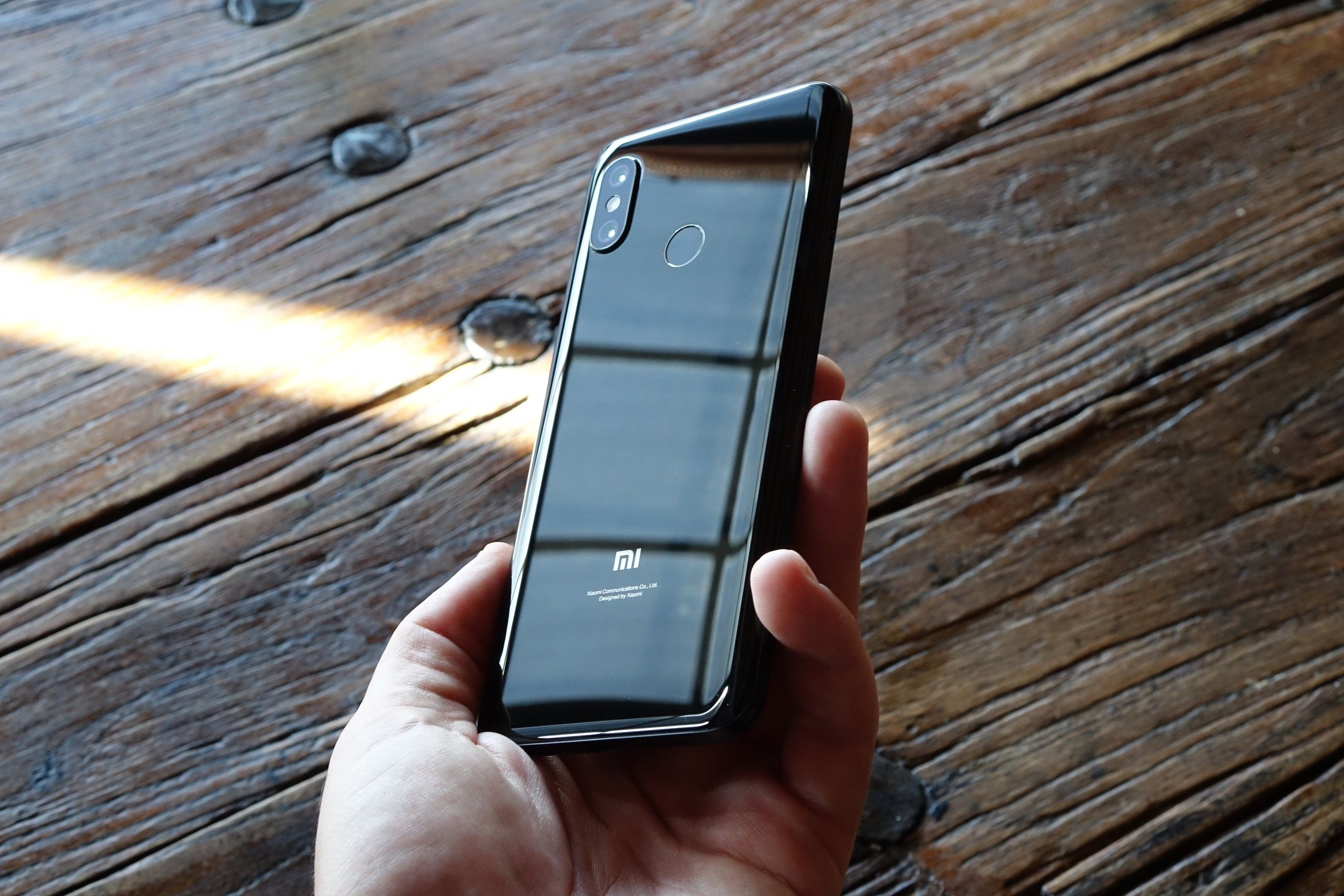
Xiaomi has generally been the poster child for the narrative that extols and marvels at the rise of China's young smartphone manufacturers globally. Like Huawei, Oppo, and Vivo, Xiaomi sells tens of millions of phones every year, and it does so at highly aggressive prices—often so low that they're a source of novelty in and of themselves for curious westerners. But the company's stock tells a very different story: of a Xiaomi that has failed to capitalize on its advantages, and is now worth less than a social media network best known for memes and the ramblings of one Very Angry President.At the end of its most recent day of trading, Xiaomi's stock was down to around .15 (USD) a share, just a hair above half of what it debuted on its first day on the market nearly a year ago. As a result, Xiaomi's total market capitalization is around $28 billion. Twitter's—still far from its historic peaks—is over billion. While you'd be perfectly right to point out that market capitalization is a somewhat illusory measure of worth, it's also one of the few that so summarily and tidily offers an estimate as to what the market thinks a company is worth. And at this point, the measure for Xiaomi seems pretty concrete: the stock's price has steadily and consistently declined over the past year with very little fluctuation. That suggests most investors don't see a bright future for a company many thought was poised to take over the smartphone-as-a-commodity market. The question is why?
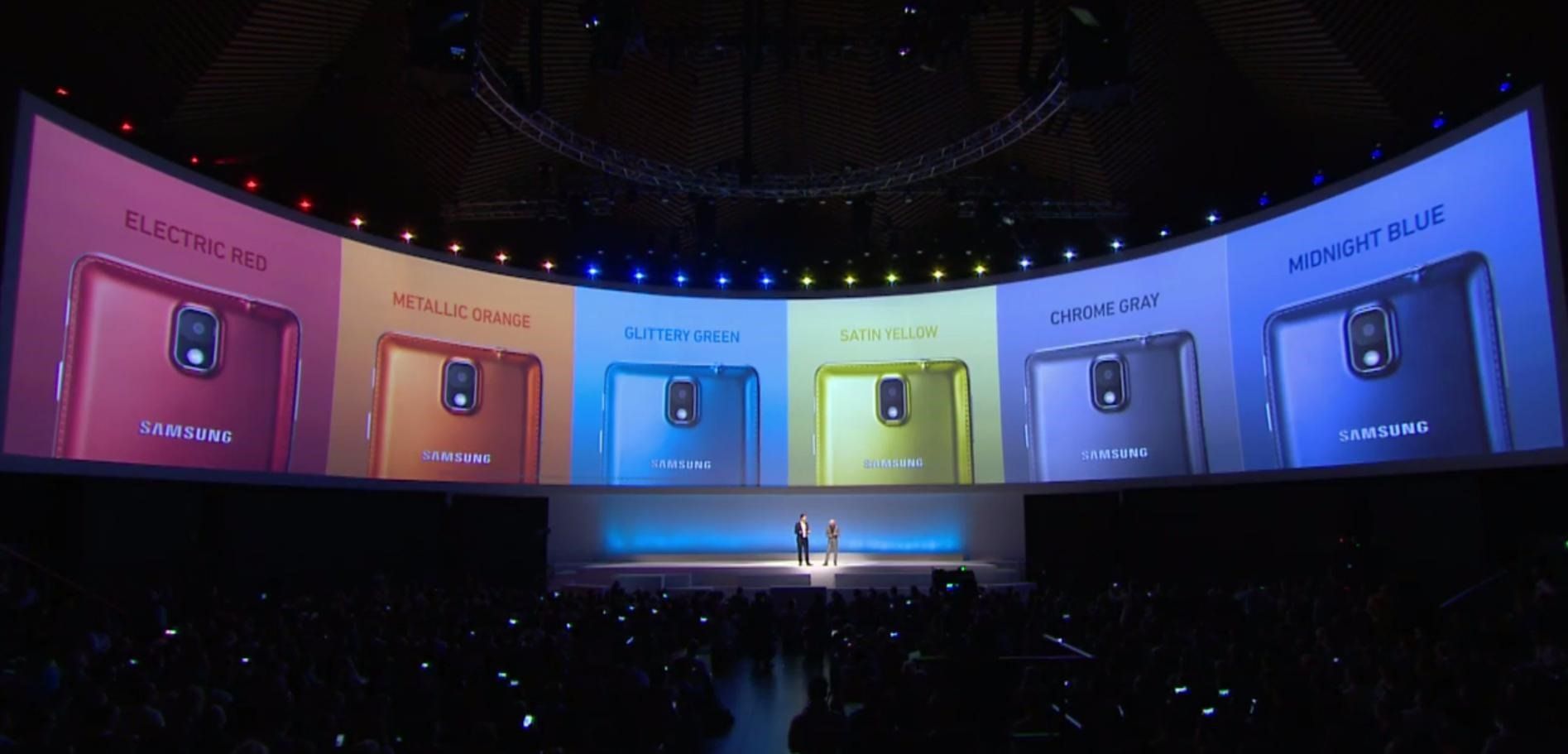
Today, Google fully detailed two of the as-yet-unannounced Pixel 4's features most likely to receive top billing when it debuts in October: 3D facial recognition and radar-powered gesture controls. While only the Soli radar stuff is truly novel in the smartphone industry, Google will also be launching first Android phone with truly secure face unlock rivaling that of Apple's in the iPhone X (other Android phones have used it, but Android as an OS couldn't fully take advantage of it yet).
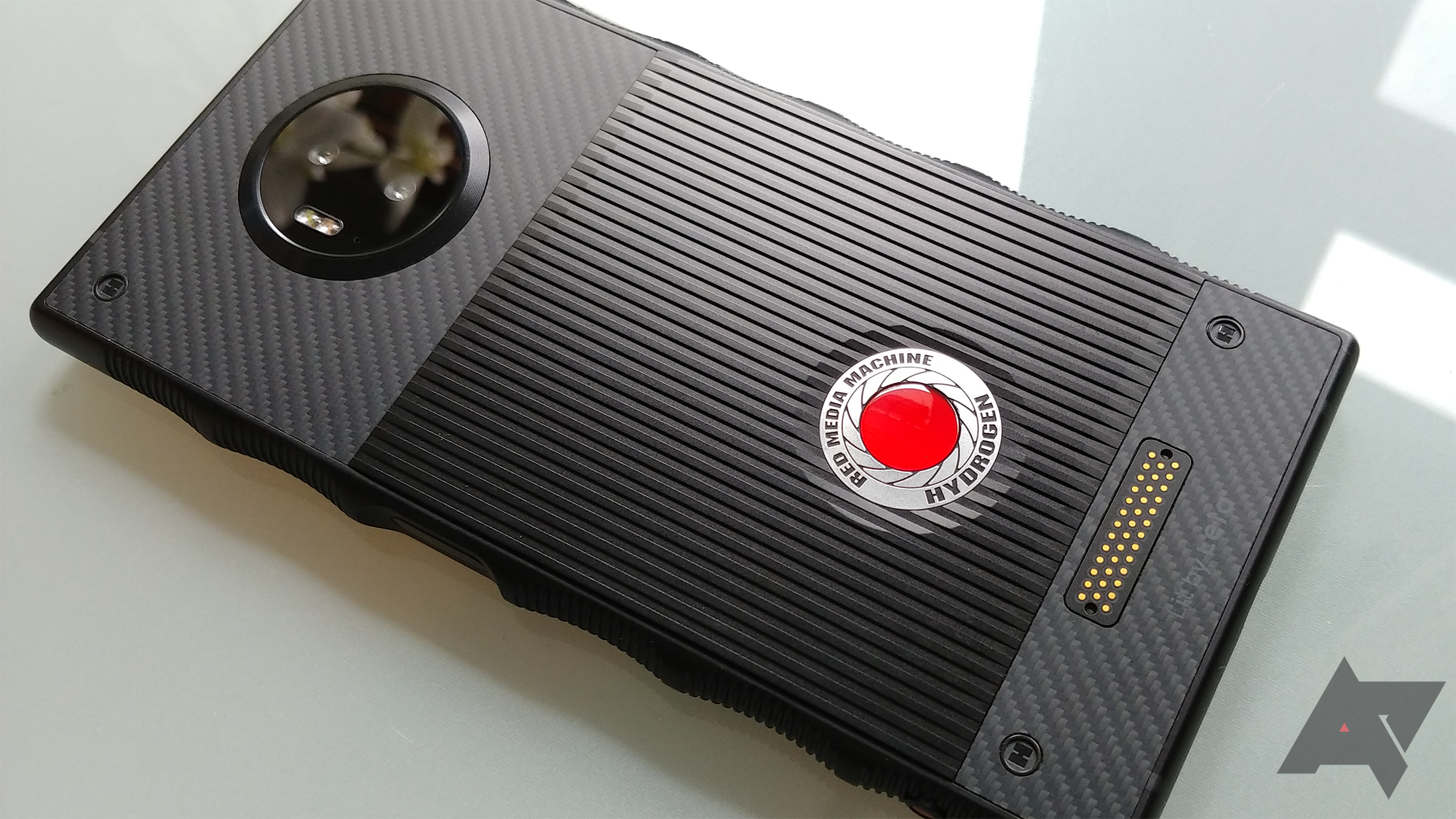
In a forum post on his personal fan worship portal H4Vuser.net yesterday, RED founder and CEO Jim Jannard all but declared the company's first smartphone, the RED Hydrogen One, a failure. Well, it wasn't that RED failed (of course not!), it was that someone else failed RED. Specifically, its ODM (original design manufacturer).
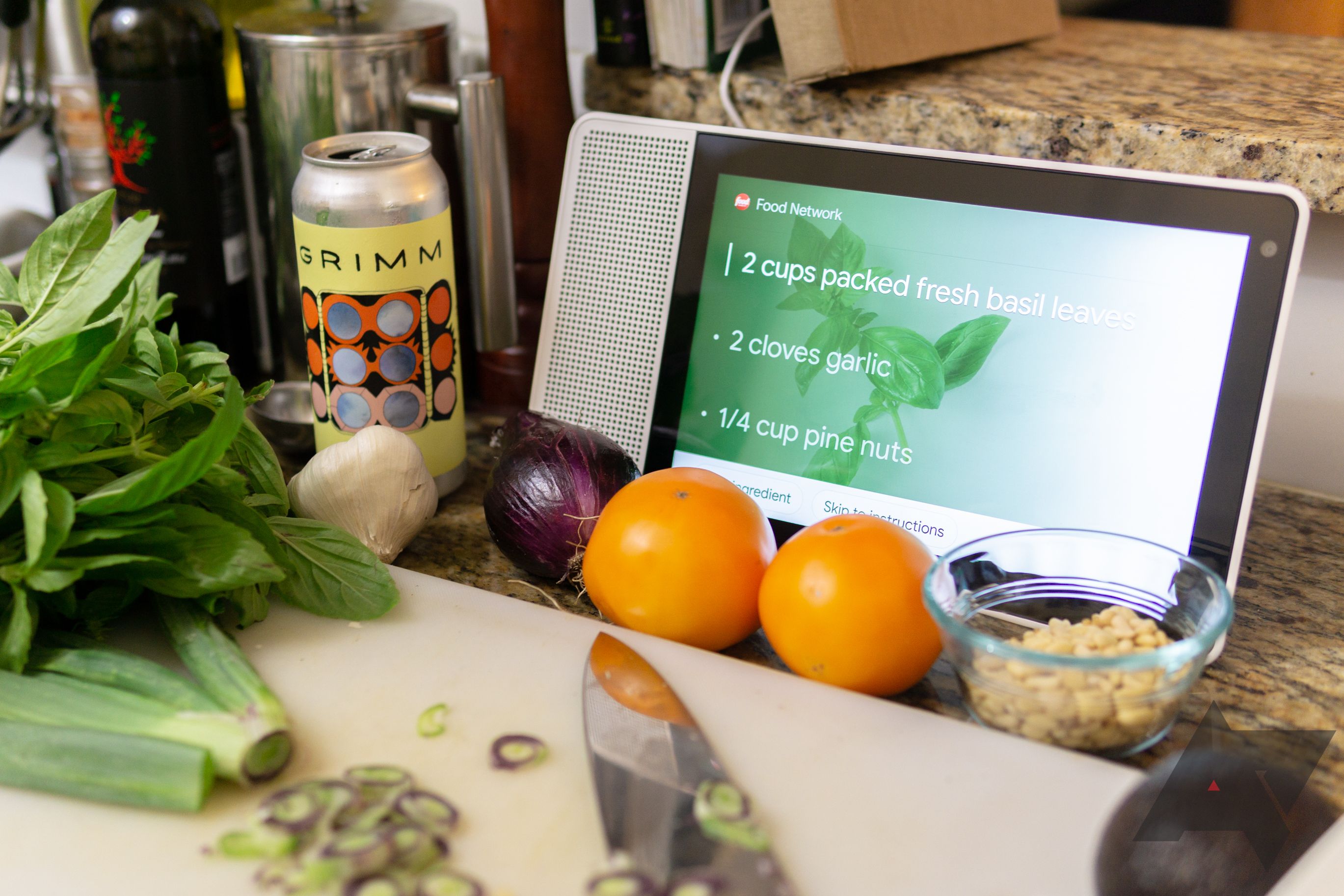
When Google first announced its Smart Display platform, one of the focal points was the kitchen. The Google Assistant would be able to find you recipes, put items into a shopping list, convert units, set timers, and answer simple cooking questions to keep your hands free for the actual task of preparing and cooking a meal. At least, that was the experience in theory. In practice, I've found my smart display to be little more than a glorified timer and music streaming box, with my smartphone continuing to be the invaluable research and display tool I rely on when cooking from a recipe or learning a technique for the first time.
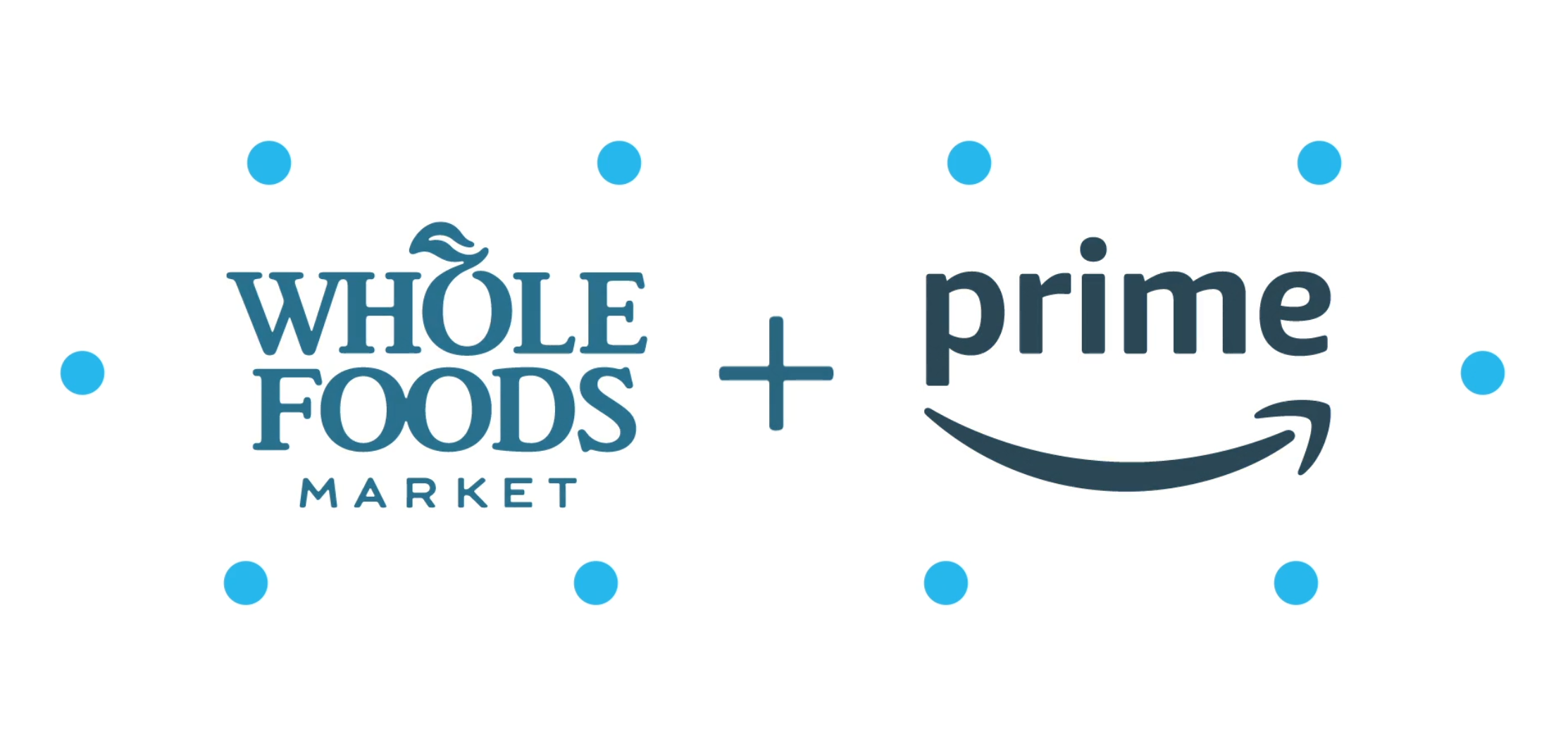
If you're like me (a Whole Foods + Amazon Prime hostage), you received a coupon from Whole Foods last week (but you can still get it today and tomorrow!) entitling you to an extra $10 off any purchase made on Amazon Prime Day. If you're also like me, you're distinctly unaware of what to spend it on. Should you buy that smart TV box or tablet you've been eyeing? How about just getting a home essential you know you're going to need anyway? Well, let me try (and try is the key word here) to give you some guidance on this, the holiest of consumer holidays, so that you might make a decision.Given anyone shopping at Whole Foods who is also a Prime customer probably has the Amazon Visa Signature credit card, these deals will take Amazon's 6% back (via Amazon points) into account, as they're essentially as good as statement credit for all intents and purposes. We're going to be focusing on products that are at or near the lowest prices they've ever been, too, in order to maximize your discount value.
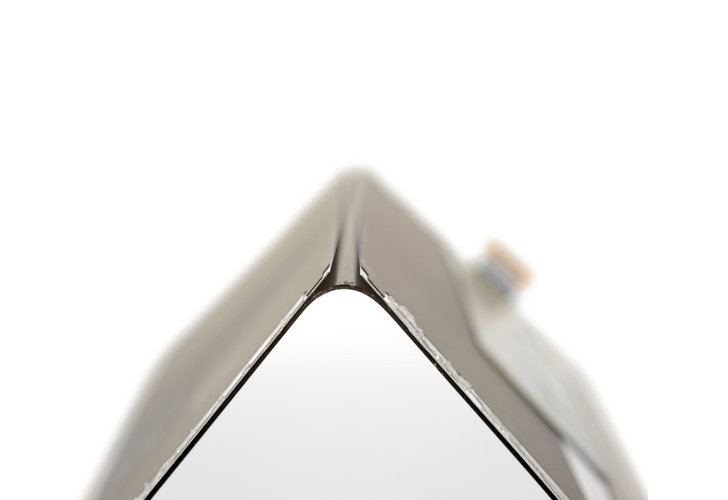
According to Korean tech outlet ET News, Samsung's next foldable smartphone won't look much like the delayed Galaxy Fold at all. In fact, it's in many ways going to be quite the opposite - particularly in the way it folds.
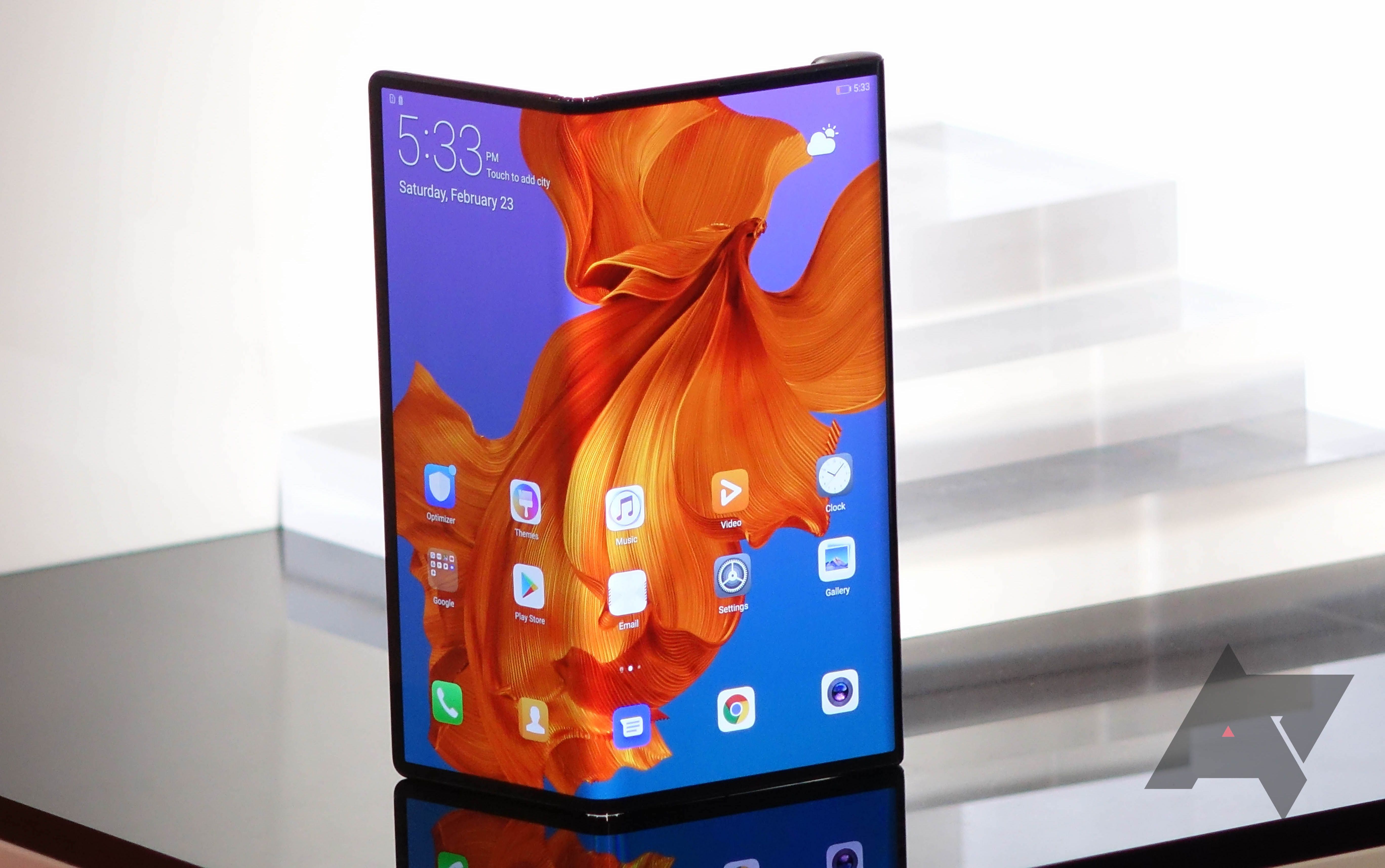
Huawei has a strong, well-known smartphone brand globally. And that's proving to be a liability more than an advantage these days.
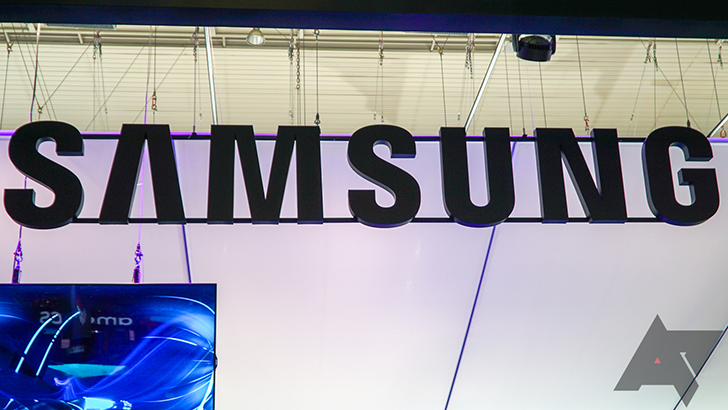
You've probably seen a certain story popping up on your news feeds this morning about the "leak" of a "Galaxy Note 10 Tesla Edition." No such product has leaked and there is no reason to believe a Tesla Edition Galaxy Note 10 exists. This wasn't even a rumor until this morning, when a certain publication rather renowned recently for producing brain-dead clickbait posted about it, but allow us to unravel this very, very, very easily debunked (did I mention just how easy it was?) story.
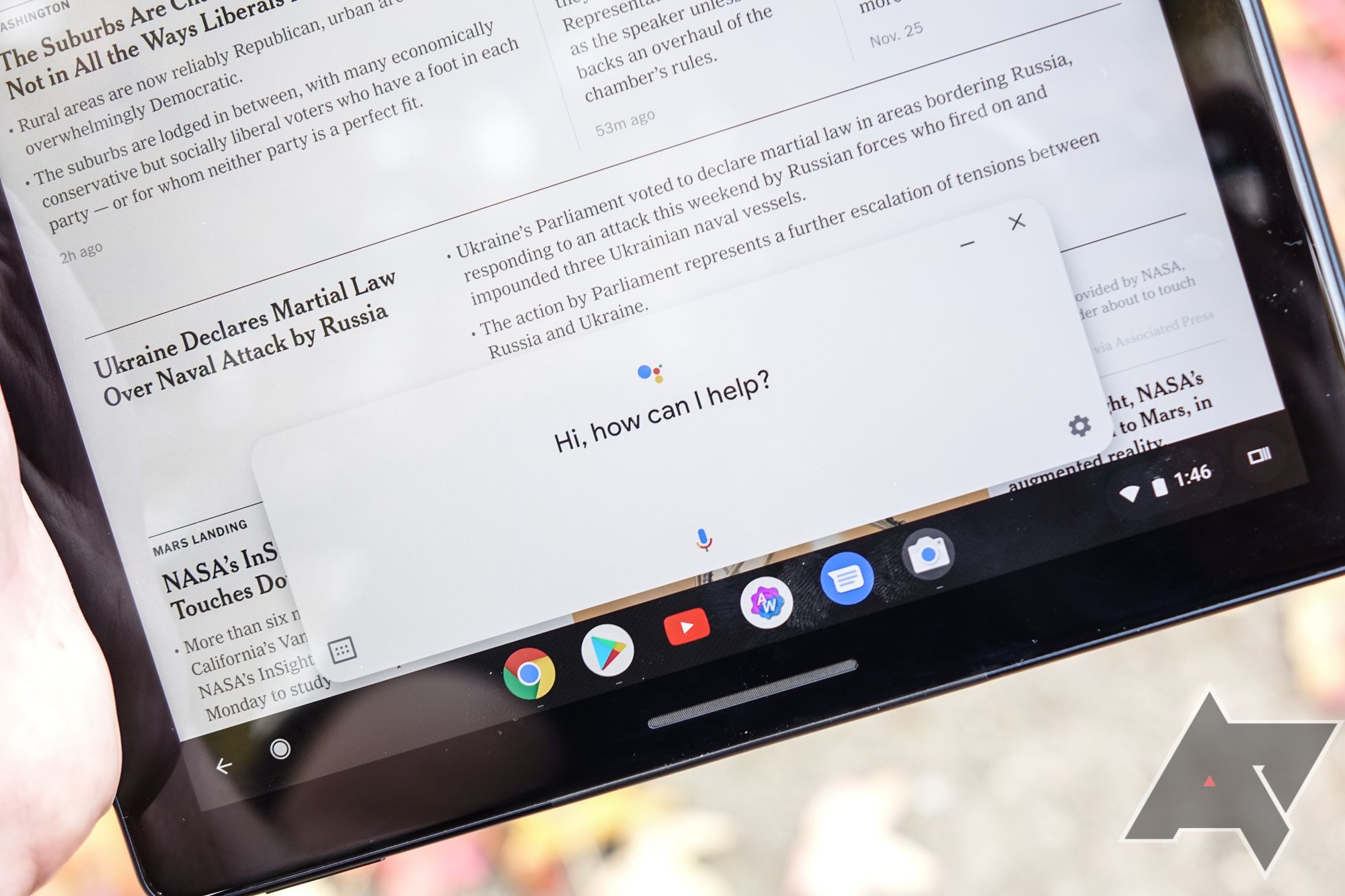
Today, Google announced it was giving up on tablets... again. I have never been a cheerleader for Google's tablets. I have never been very happy with its primary tablet platform. And I found its first tablet in three years to be a fairly massive disappointment. So, you'd think the news today that Google is, once again, killing its tablet hardware division would be of little consequence to or face much disagreement from me. After all, the Pixel Slate was a flop, likely sold poorly, and Google even cancelled the entry-level models because they were just that bad. Nothing here says success.
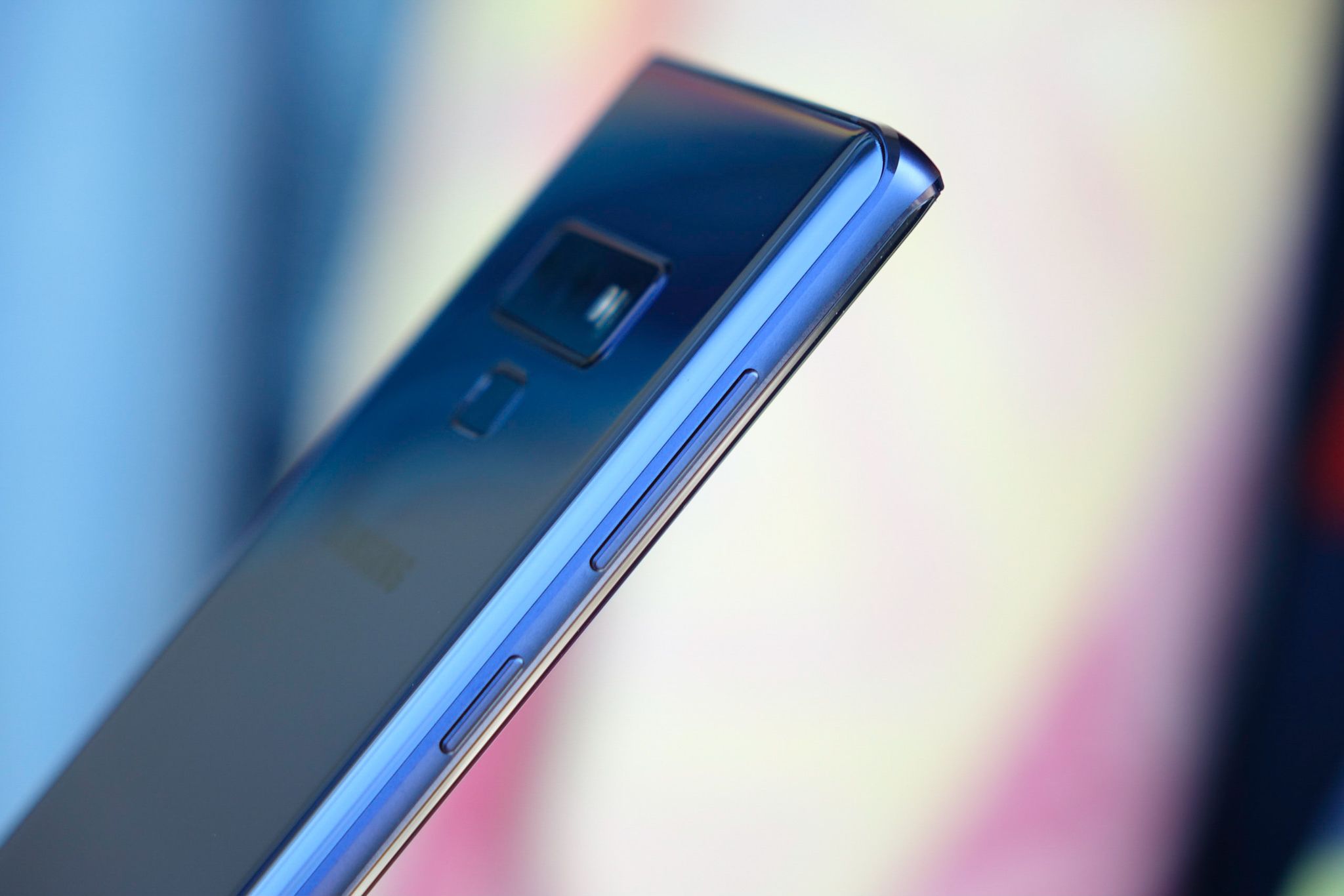
Read update
- We've received new information from a reliable source indicating Samsung has, in fact, halted plans to debut pressure-sensitive "faux" buttons on the Galaxy Note10. The phone will have traditional physical power and volume keys (but no Bixby key). While we're not sure why the company changed course—and we can confirm that was the case, Samsung did seriously plan to get rid of them—it seems for whatever reason that Samsung decided the world wasn't ready for its take on HTC's phony buttons.
Speaking to a source familiar with the company's plans, Android Police has learned that Samsung will likely begin its wind-down of the headphone jack - and even physical keys for functions like volume and power - with the Galaxy Note 10. The Note 10 will have no 3.5mm connector, and exterior buttons (power, volume, Bixby) will be replaced by capacitive or pressure-sensitive areas, likely highlighted by some kind of raised 'bump' and/or texture along the edge (i.e., a faux button). We don't know if it's Samsung's intent to carry over both of these changes to the Galaxy S11 in 2020.
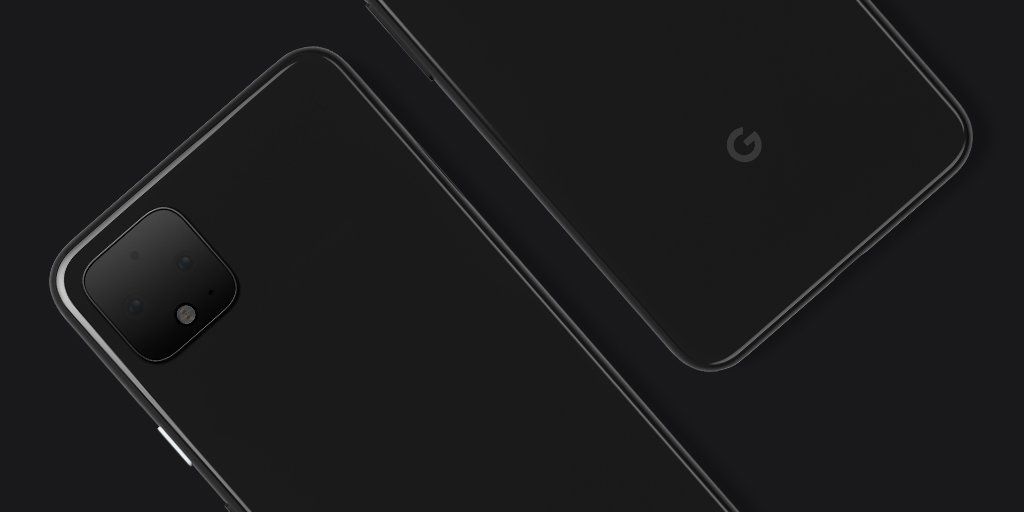
Google just unveiled the Pixel 4 - a phone that won't launch probably until October - on the official Made by Google Twitter account today, June 12th. Given the design of the phone leaked just two days ago, it seems Google decided it wasn't worth hiding anymore and just posted about it on Twitter, which is a pretty crazy awesome thing to do.
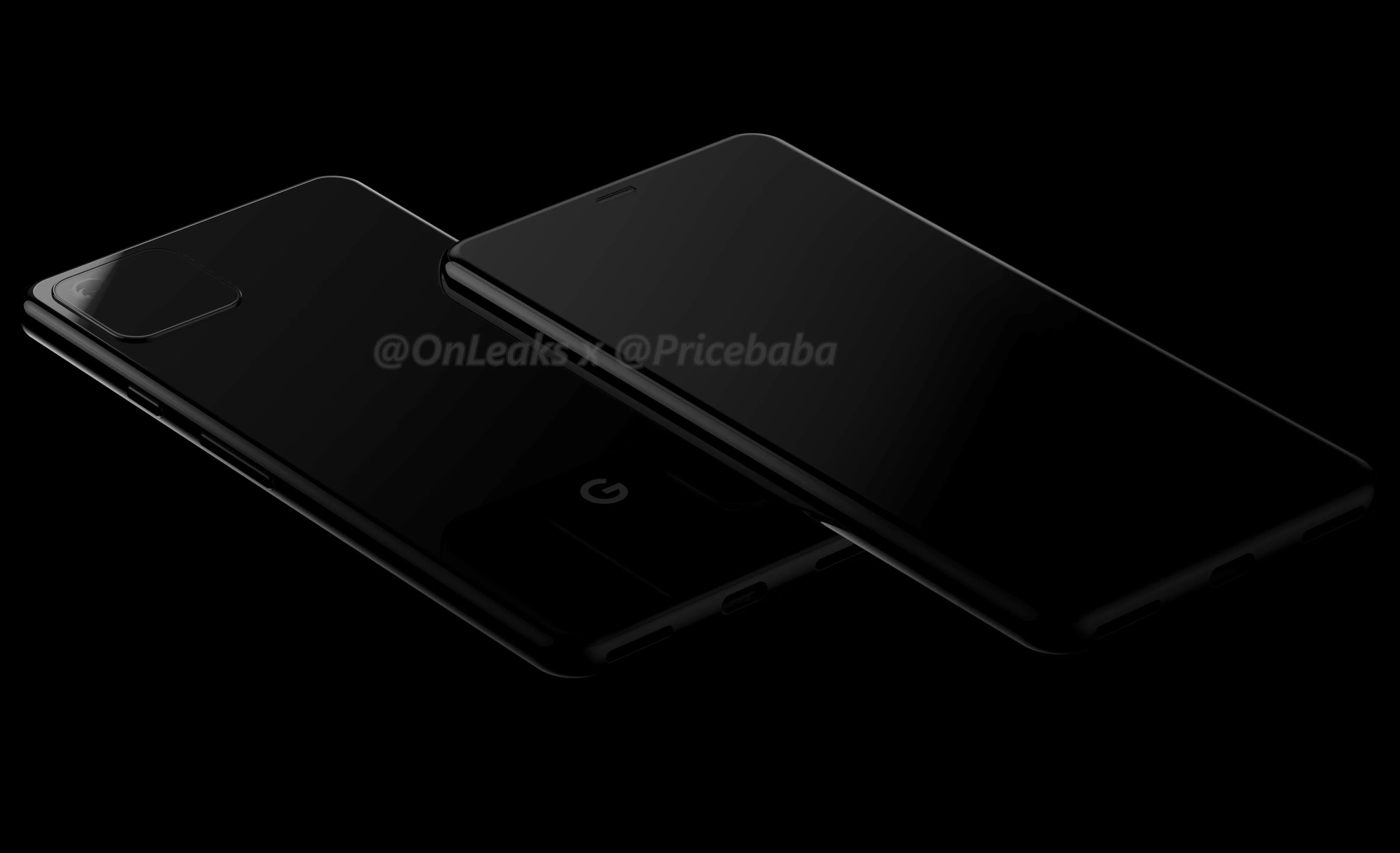
In what could be the first credible leak of Google's upcoming smartphones, the Pixel 4 and 4 XL, some key details about the phones have been revealed. First and foremost, it seems Google has finally decided to cave to a multi-camera system on its 2019 flagship, with a positively huge hump cut out of the back of the phone to make room for the array. As has been pointed out by many, said hump looks a whole lot like the one from alleged renders of the next iPhone.
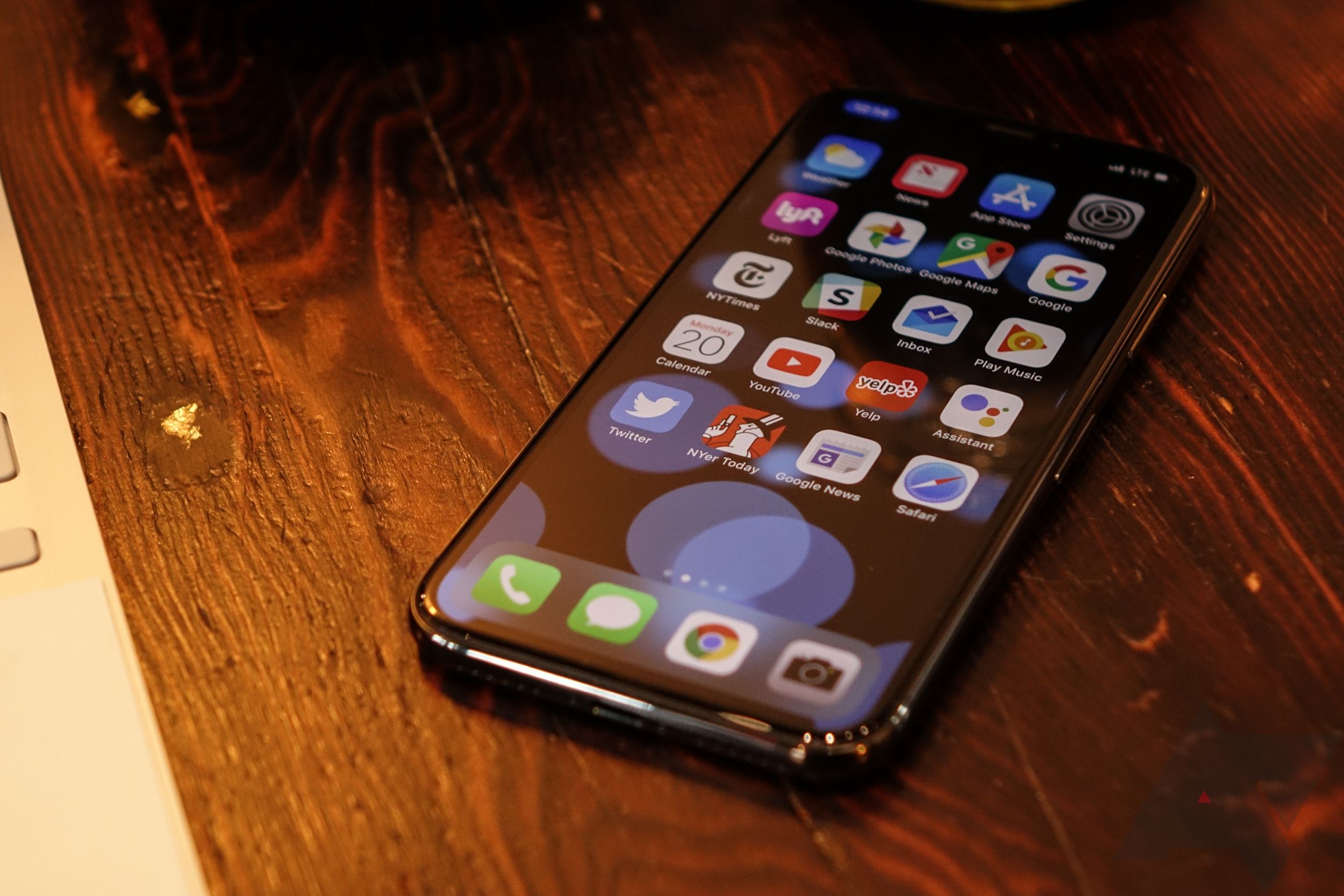
I am far from an Apple "hater" - I applaud a great many of the company's decisions around its products and the more fully-baked state in which it tends to execute them (except keyboards, apparently). But yesterday during the onslaught of WWDC announcements, Apple quietly put the lid back on a boiling pot of a controversy, and it has seriously soured the company's messaging for me on respecting privacy.
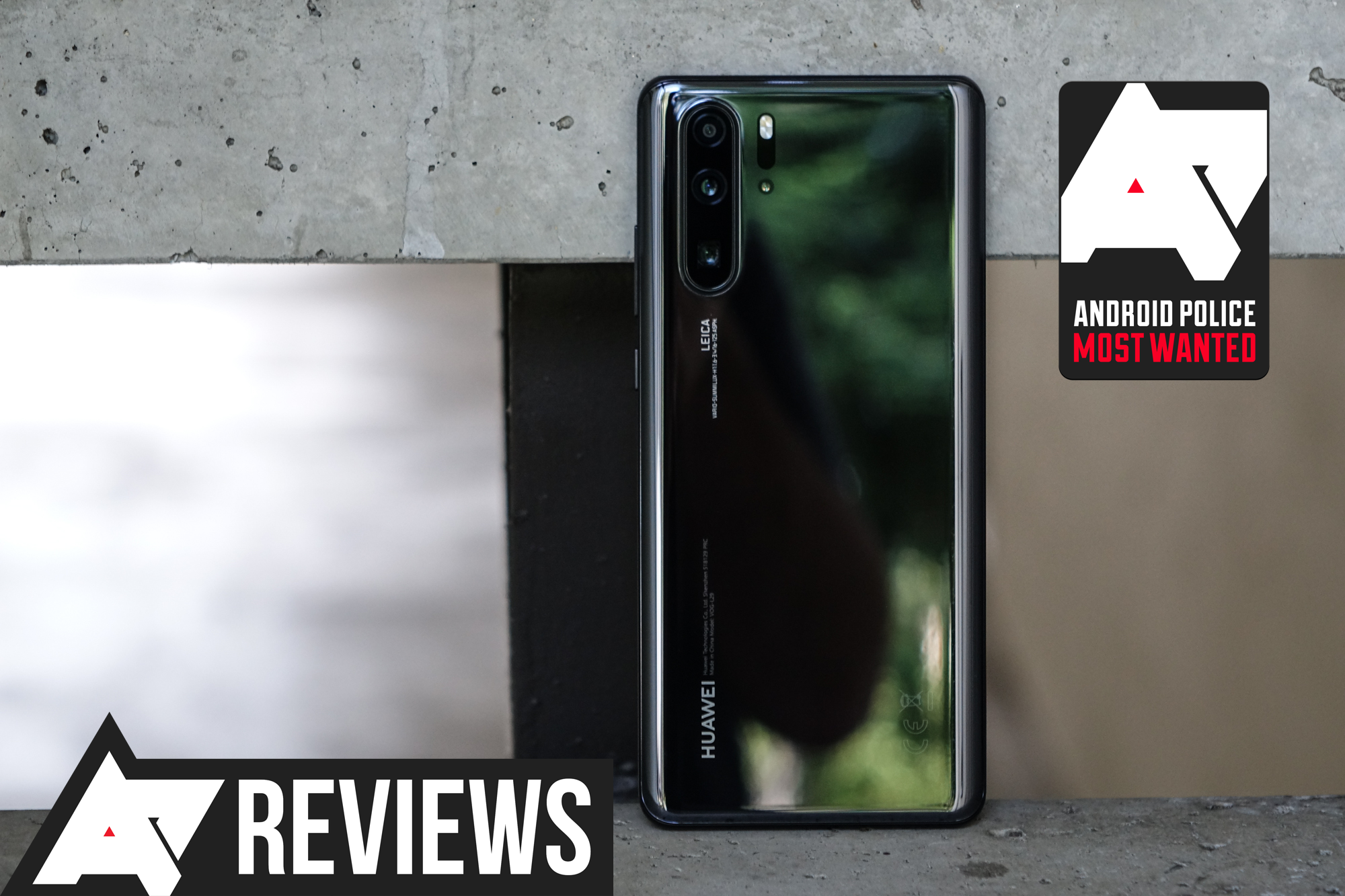
I've had mixed feelings about Huawei phones for years. The company's intrusive EMUI software was to blame for much of that, but a history of sub-par camera performance and its spotty update track record didn't help. When we reviewed the Mate 20 Pro, we saw a lot of progress, with Huawei shipping a phone with the most recent version of Android mere months after it had launched. Stellar cameras, flagship performance, and an excellent OLED display hit the point home: Huawei was very ready to play in the smartphone big leagues.
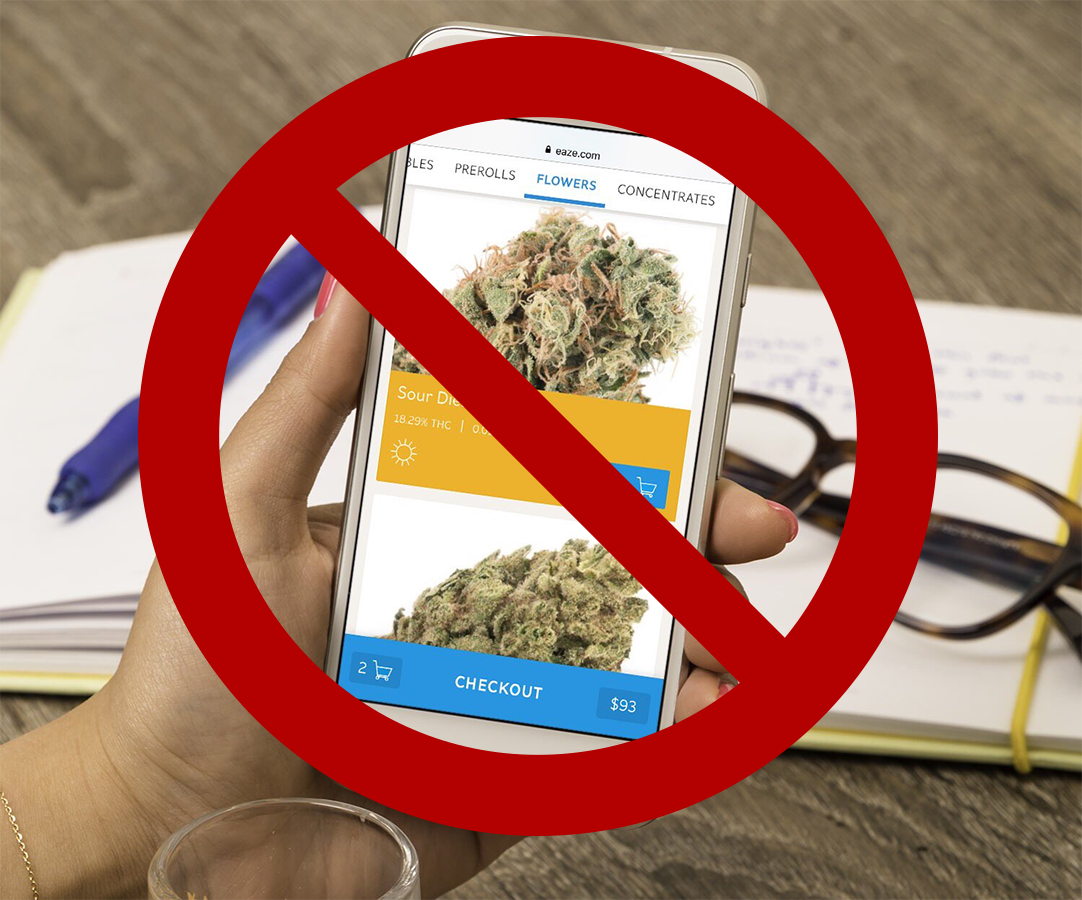
So much for being the chiller of the two mobile platforms: Google just changed its content policy for the Google Play Store such that all apps selling or facilitating the sale of marijuana are banned. Presumably, apps that merely promote the use of marijuana are still A-OK in Google's book, but it's less clear what the fate of apps which don't actually sell marijuana, merely tell you where to find it - will be. The new policy language follows, below.
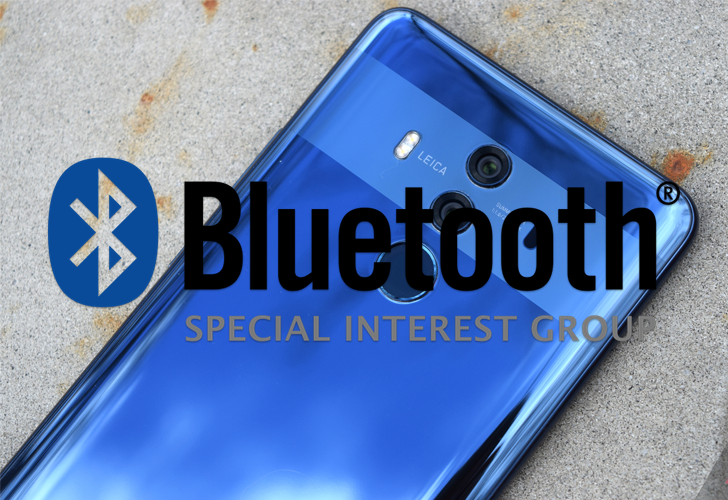
While there's been plenty of talk about the consequences of Google, ARM, Qualcomm, the SD Association, the Wi-Fi Alliance, carriers, and the USB-IF no longer working with Huawei, one company has been kept out of the discussion to date: the Bluetooth SIG.
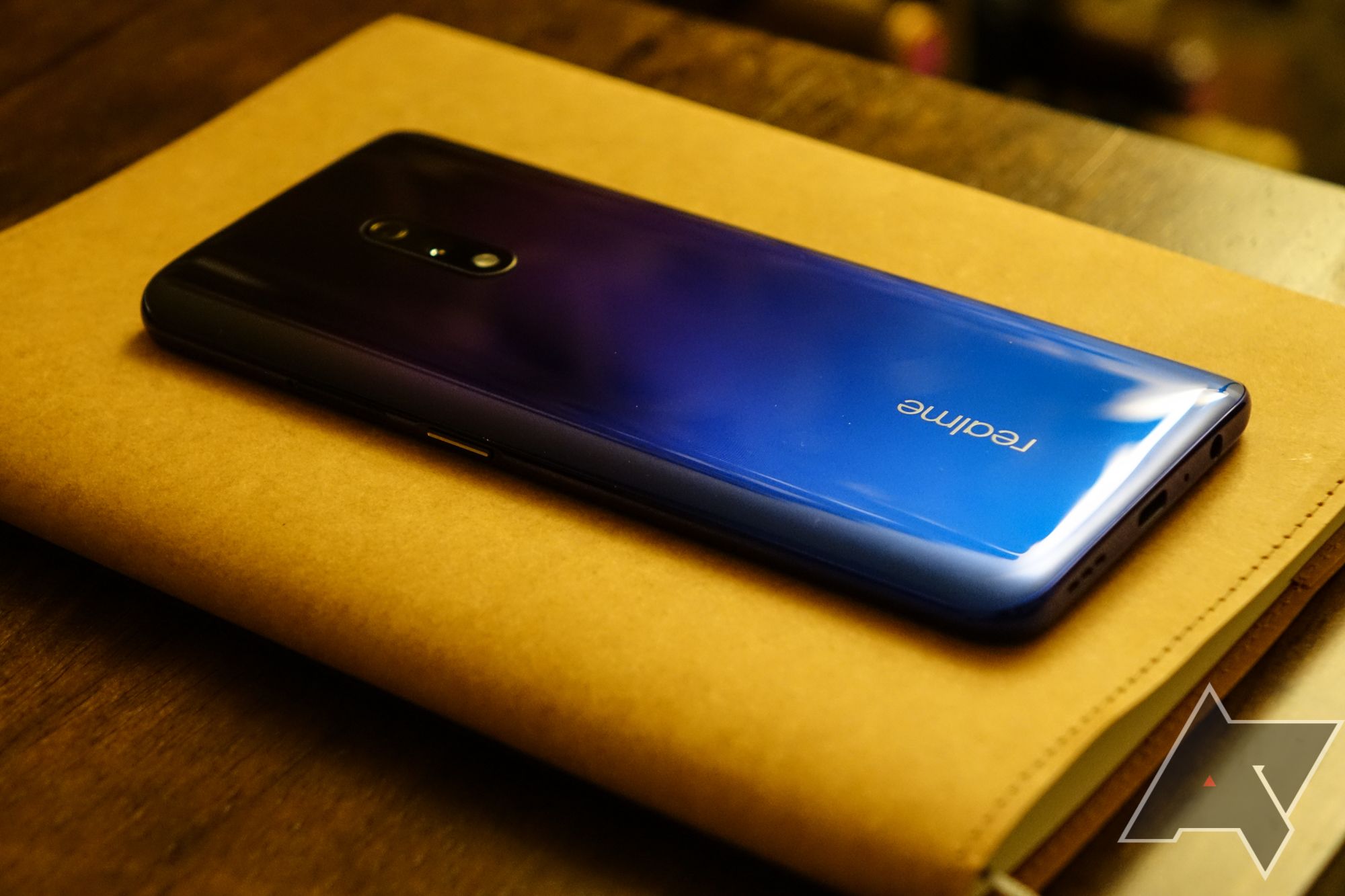
When you think of a smartphone costing around $200 to $250, you probably think of a few brands: Nokia, Redmi, Motorola, or perhaps bigger names like Samsung and LG. And you also probably think of the compromises: middling cameras, lackluster LCD displays, slow charging, slow processors, and a generally mediocre experience. But as we all know, Chinese brands have been resetting those expectations - some more than others - and pushed aggressively to bring "flagship" features down to entry-level products. Realme, the budget sub-brand of Oppo, has a new phone called the realme X, and what you get for the cost of entry (around $215 in China) really is hard to believe.
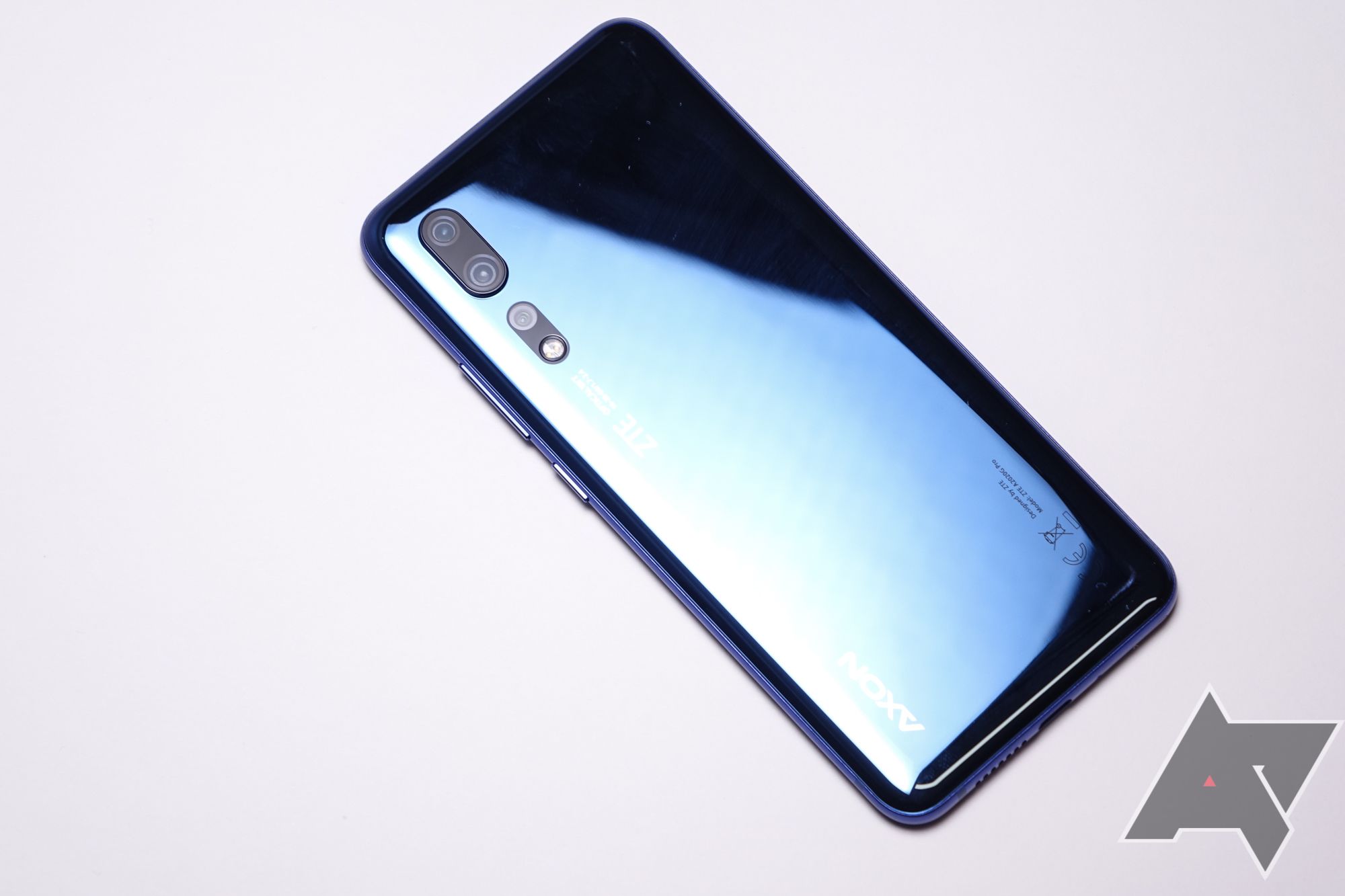
When ZTE involuntarily exited the US smartphone market last year, it effectively pressed a big “reset” button on its strong carrier relationships. While the brand has since returned via Verizon’s prepaid brand Visible (ZTE makes the R2 smartphone), ZTE has remained uncommitted as to when and how it will reintroduce itself to Americans in a more substantial and serious way. The Axon 10 Pro could be the first step - if ZTE decides to launch it here. The affordable flagship sells for 600 Euro in a number of European countries, where it launched very recently.
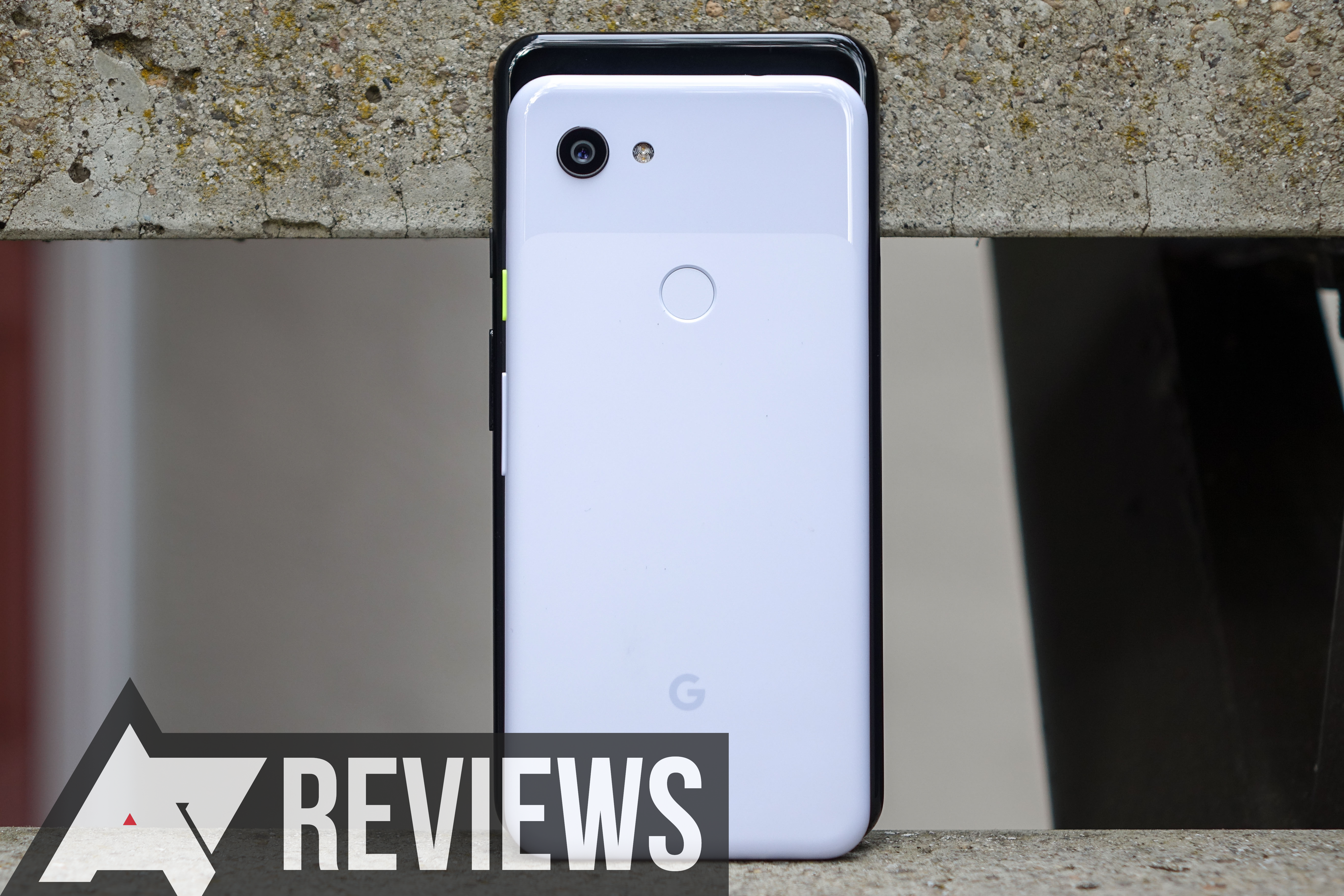
The Pixel 3a, Google’s new entry-level smartphone starts at an attractive $399, and comes in only two configurations: regular and extra large. The 3a XL is the phone I’ve been using for over a week now, and it costs a bit more, at $479. But that seems eminently reasonable for the larger 6” screen and 3700mAh battery the extra $80 net you. Otherwise, there really aren’t any noteworthy differences: both phones have 64GB of storage, 4GB of RAM (yes, yes, I know), Snapdragon 670 processors, and identical cameras. And no doubt, many people’s first question with a cheaper version of any phone will be “what am I giving up?” To be sure, that’s important - and you can find the answers over here. But from the standpoint of this review - a review of half-price Pixel phones - I think the far more important question is “what am I keeping?”
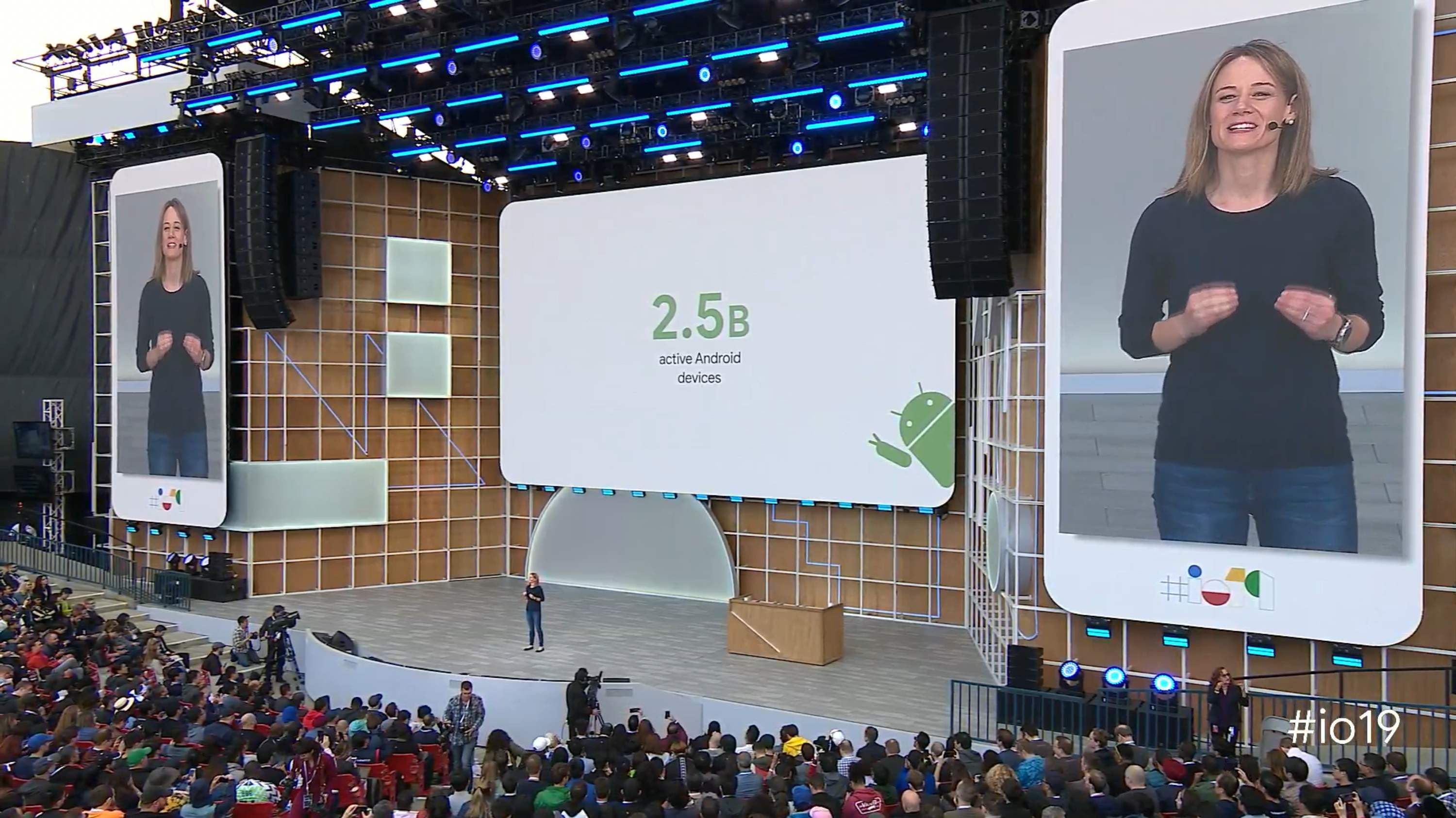
Google I/O is nearly at an end, and Google made a ton of announcements regarding Android, search, the Assistant, and - this year - even new hardware. Our coverage has been fast and furious, so this post is meant to help you wrap your head around everything we've dug into here at the show. From Pixel 3a to Android Q Beta 3 and beyond, it's all here. Day three of the show sees things wind down, but we've still got new items in the list here, and more will be added as our coverage concludes on Friday.

